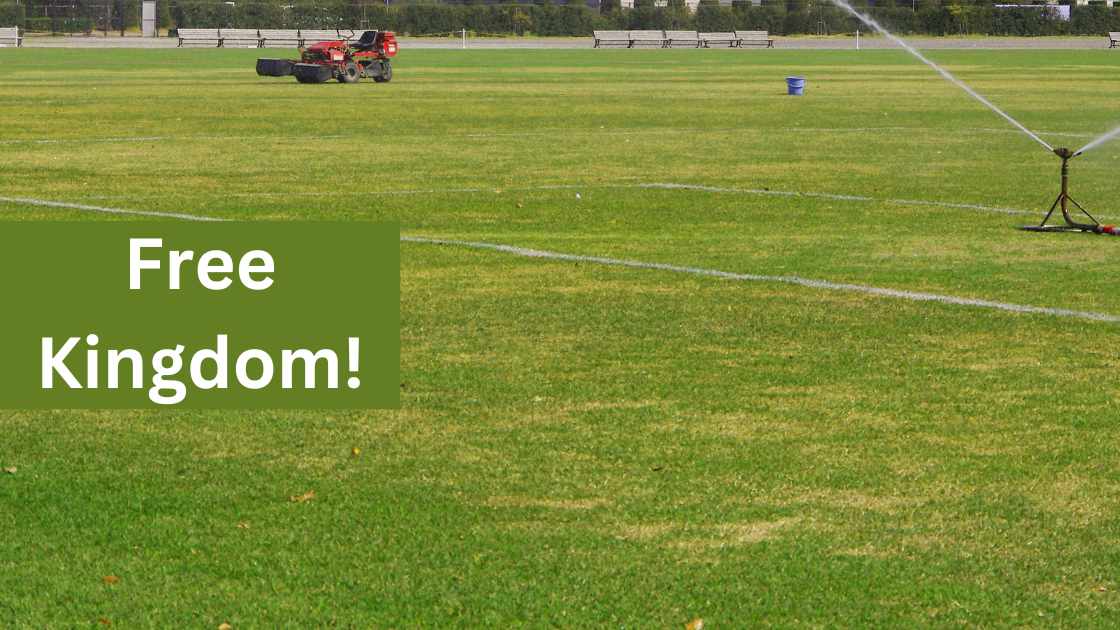An indoor garden can be a haven of greenery and tranquility. However, pests can easily disrupt this peaceful oasis if not managed properly. Keeping your indoor garden pest-free requires a combination of prevention, identification, and effective pest management techniques. This guide will help you protect your plants while maintaining a healthy, vibrant indoor environment.
Understand Common Indoor Garden Pests
The first step in keeping your garden pest-free is identifying the common culprits. Some of the most prevalent pests include:
Aphids: Tiny, pear-shaped insects that feed on plant sap and weaken plants.
Spider Mites: Minuscule pests that spin fine webs and cause yellowing leaves.
Fungus Gnats: Small, black flies that thrive in moist soil and damage roots.
Mealybugs: Cotton-like pests that cluster on stems and leaves.
Scale Insects: Hard-shelled or soft-bodied pests that cling to stems and undersides of leaves.
Prevention is Key
Preventing pests is more manageable than dealing with an infestation. Here’s how to create an environment that discourages pests:
Inspect New Plants: Always check new plants for pests before bringing them inside.
Use Sterile Soil: Avoid outdoor soil that might harbor pests or eggs. Use high-quality, sterile potting mix.
Clean Pots and Tools: Sanitize pots and gardening tools to eliminate pest eggs and bacteria.
Avoid Overwatering: Moist soil attracts pests like fungus gnats. Water only when necessary.
Maintain Air Circulation: Use a fan to circulate air, reducing humidity levels that attract pests.
Regular Monitoring
Routine inspections of your plants can catch pest problems early:
Check Leaves and Stems: Look under leaves and along stems for signs of pests or damage.
Inspect Soil: Keep an eye out for larvae or small pests in the soil.
Look for Symptoms: Yellowing, curling leaves, sticky residue, or small holes are signs of pest activity.
Natural Pest Control Methods
For a pest-free indoor garden, start with eco-friendly solutions:
Soap and Water Spray: Mix mild dish soap with water and spray on affected plants to remove pests.
Neem Oil: A natural pesticide that’s safe for most plants. Dilute and apply as a spray to deter and kill pests.
Diatomaceous Earth: Sprinkle around plants to kill crawling pests by dehydrating them.
Introduce Beneficial Insects: If practical, use ladybugs or predatory mites to combat pests naturally.
Maintain Plant Health
Healthy plants are more resistant to pests. Follow these tips:
Fertilize Appropriately: Over-fertilizing can encourage weak, overgrown foliage that attracts pests.
Prune Regularly: Remove dead leaves and stems where pests can hide.
Avoid Crowding Plants: Space out plants to reduce humidity and improve airflow.
Use Sticky Traps
Sticky traps can catch flying pests like fungus gnats and whiteflies. Place yellow or blue sticky traps near your plants to monitor and reduce pest populations.
Treat Infestations Promptly
If you notice a pest problem, act quickly to prevent it from spreading:
Isolate Affected Plants: Move infested plants away from healthy ones.
Wash Plants: Use lukewarm water to rinse off pests from leaves.
Apply Organic Pesticides: Use plant-safe options like insecticidal soaps or neem oil sprays.
Repot if Necessary: For soil-borne pests, repot the plant with fresh, sterile soil.
Avoid Harmful Practices
Some actions can inadvertently worsen pest problems:
Using Pesticides Excessively: Overuse can harm beneficial organisms and lead to pest resistance.
Ignoring Early Signs: Allowing pests to multiply makes them harder to control.
Sharing Tools Without Cleaning: Cross-contamination can spread pests between plants.
Promote a Balanced Ecosystem
Encourage a mini-ecosystem that naturally deters pests:
Diversity in Plants: Some plants repel pests, such as marigolds, basil, or mint.
Healthy Microbiome: Use compost tea or probiotics to enhance soil health and deter harmful pests.
Seek Professional Help if Needed
If a pest infestation becomes unmanageable, consider consulting a pest control specialist or a horticulturist. They can offer solutions tailored to your indoor garden.
FAQs
How do I prevent pests from entering my indoor garden?
Inspect new plants for pests before bringing them inside, use sterile soil, and clean pots and tools thoroughly. Maintaining proper air circulation and avoiding overwatering also helps deter pests.
What’s the best natural way to control indoor garden pests?
Neem oil, soap and water sprays, and diatomaceous earth are effective natural methods. You can also use sticky traps for flying pests or introduce beneficial insects like ladybugs.
How often should I check my plants for pests?
Inspect your plants at least once a week. Pay close attention to the undersides of leaves, stems, and soil for signs of pests or damage. Early detection is key to preventing infestations.
Final Thoughts
Maintaining a pest-free indoor garden requires vigilance, care, and the right strategies. By preventing infestations, monitoring plants, and using natural pest control methods, you can create a thriving indoor garden that’s safe from harmful invaders. A little effort goes a long way in preserving the health and beauty of your green haven.




